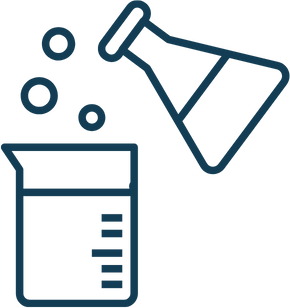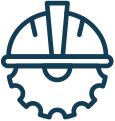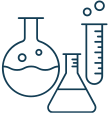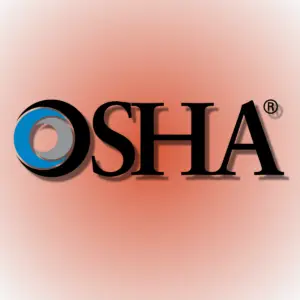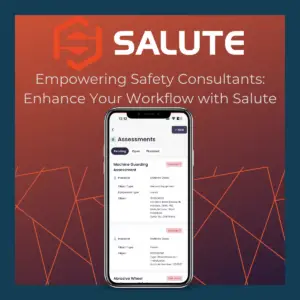Protecting employees from workplace hazards should be the top priority of all organizations. Handling the safety causally can lead to dire consequences, which not just damage the company’s reputation and produce financial losses. Furthermore, the organization is always at risk of regulatory penalties and potential shutting down of the working units. All in all, it does not paint the right picture for an organization.
All Organizations, particularly those that are involved in high-risk jobs such as construction, building, oil, gas, and manufacturing, must streamline their safety processes. It will reduce the monetary loss associated with legal troubles and injury claims and improve the organization’s reputation.
So, now that we have established the importance of streamlining the safety processes, let’s take a look at some steps that an organization can take to ensure it.
Best Practices To Streamline Safety Processes
The safety parameters and the methods to keep them in check vary between different categories of organizations. But there are general rules that stay the same between all categories. Let’s look at them;
1. Identification of Goals
Like every other aspect of an organization, safety goals must also be predetermined. You must know what you want to achieve by streamlining your organization’s safety. It looks quite simple on the surface. You just have to ensure the safety of the professionals, but it is easier said than done, and it takes a lot of effort and resources to identify the actionable goals.
The first thing you need to do is to find out all the safety-related incidents that have happened at the workplace. You should also include a list of near-misses. But the catch is you will be able to collect the data on the incidents and near misses only if you already have a system in place. In case you do not, gather whatever information you can and organize it into categories.
Organizations can use different types of categorization techniques. For example, all the incidents that have happened at one unit should be categorized in the same class. Similarly, the organizations can also categorize the incidents based on their severity.
After collecting the data, the organizations should analyze it and understand which areas are more prone to accidents. The goals should involve decreasing both the incidence and the severity of such accidents. Once the goals and objectives are identified, the organizations can devise robust strategies to achieve them.
2. Identify The Potential Hazards
As safety goals have been established and the areas prone to accidents are identified, the next step is determining the reasons for the accidents. It could either be because of mechanical malfunction or because of personnel error. In either case, the organization will have to study the previous events thoroughly to understand exactly what went wrong.
For example, the incidents in mining industries could be because of the accumulation of harmful gasses. In such cases, you will have to check for ventilation. And thus, ventilation will be one of the parameters that have to be checked regularly. Similarly, the organization can also use pieces of equipment to detect the levels of hazardous chemicals in the environment. In these cases, the hazardous chemicals are the parameters that must be checked regularly with the required equipment.
The point is organizations cannot take concrete steps to ensure safety without knowing the potential hazards. And there is not much that you have to do to identify them. The regulatory authorities have rolled out guidelines for different industries. Organizations can take pointers from these guidelines to identify workplace hazards.
3. Devise and Implement Safety Policy
After understanding the hazards responsible for safety-related accidents in organizations, a comprehensive policy should be devised. It should be detailed and account for all the parameters.
For example, if most accidents in the workplace occur because of personnel errors, the policy should include mandatory training after regular intervals. Similarly, occasional drills should be organized to analyze the understanding of employees’ readiness should an unfortunate incident take place. Special sessions should be organized for members of the workforce that lag in training.
The safety policy should indicate the safe levels of each parameter and the necessary steps if the level exceeds the limit. It should also include the necessary steps that the person must take if the levels of the parameters derange. The policy must also include the standard operating procedures or SOP for all units of a workplace. It should include every possible detail to ensure the safety of the professionals within the environment.
Furthermore, the safety policies of an organization should be in line with regulatory requirements. The companies must check all the regulatory obligations and then include more measures to make the policy robust.
Another key element of the policy is the assignment of roles within the hierarchy. Each member of the workforce should be aware of the safety-related responsibilities. It will make accountability easier in the case of unfortunate incidents. Furthermore, checks should be made to ensure each person is carrying out the assigned duties regularly.
Organizations should not wait for an incident to happen to hold people accountable. It must happen regularly to discipline the workforce and make them realize the importance of safety in the workplace.
4. Communicate The Policy
Once a comprehensive policy is designed, it should be communicated within the organization and to all workforce members. Organizations can hold a special session to announce the changes in the policy to let all the workers know. Furthermore, copies of the policy should be distributed to the workforce via email, and hard copies should be available at each unit as well.
Each professional should know the importance of safety and its responsibility to ensure it.
5. Track The Progress
Tracking progress is just as important as making a policy. It lets the organization know whether the policy is working. Several parameters can be set to track the progress within an organization. For example, the number of reported incidents and near misses before and after implementing policies can be used.
If the number of such events has reduced after implementing the policy, it points toward positive outcomes and vice versa. If the frequency and severity of incidents have remained the same, the organization should revisit its policy and look for shortcomings.
6. Effective Continuous Improvement
No matter how robust a safety policy of an organization is, there will always be room for improvement. A new potential hazard can be identified, new technology to ensure safety can be employed, and an improved training module can be used, among other things. The point is there are a variety of improvements that can be carried out in the existing policies. All organizations should organize routine inspections from both internal and independent inspectors to understand the shortcomings in safety policies and modify them accordingly.

How Can Salute Help Streamline Your Safety Processes?
Salute is EHS software that is packed with features to streamline the safety processes of organizations. Using such software provides a central platform to monitor and analyze the safety within a workplace and ensures no untoward incident occurs. Let’s take a look at some of the features it offers;
1. Automated Task Assignment
With Salute, organizations can assign tasks to personnel related to safety. For example, it will send an automated notification to the manager of a particular area to carry out a specific check. Thus, it will create a sequence of events to ensure everything is in order. You can customize the automated task assignment per your business’s requirements.
2. Identification of Trends
As discussed in the previous section, it is important to identify and keep track of the safety parameters. And Salute does just that but in a better manner. It shows different trends on the dashboard, which provide a complete picture of the safety status of a company. You can use these trends to identify problems, prioritize risks and improve efficiency.
3. Deficiency Tracking
Salutes offer several templates to track deficiencies in the safety policies of organizations. It enables companies to understand the areas where safety is inadequate and also provides appropriate corrective actions.
Other features of Salute include;
-
Task Management
-
Regulatory compliance
-
Air quality and hygiene monitoring
-
Templated reports and dashboards
-
Response to incidents
-
Management of employee training
-
Inspection and assessment
FAQs
What are 5 Safety Practices?
The best safety practices include identifying hazards, implementing a robust policy, regular training, inspection, and continuous improvement.
What are the Examples of Safety Practices in the Workplace?
Regular training of employees, adherence to the safety policy, and employment of EHS software are a few examples of safety practices in the workplace.
How can you Ensure Safety in your Workplace?
You can ensure safety in the workplace by devising a robust policy and implementing it across the board. Tools like Salute should be used to make the safety process more centralized and effective.
What are the 3 C’s of Safety?
The three C’s is a principle that is practiced in a range of industries. It is a course of action amidst a safety lapse that goes as check, call, and care.
Conclusion
Streamlining safety processes is very important for all organizations, particularly those involved in high-risk jobs. It is something that must never be ignored because the repercussions can be very serious. Fortunately, streamlining safety processes is not difficult with software like Salute.
It is a feature-rich tool that runs on the cloud and offers endless storage. The amount of data it collects can be analyzed with different tools to inspect the safety to make necessary corrections. It will ensure that no safety lapse occurs in the workplace and that businesses remain spared from legal situations.
